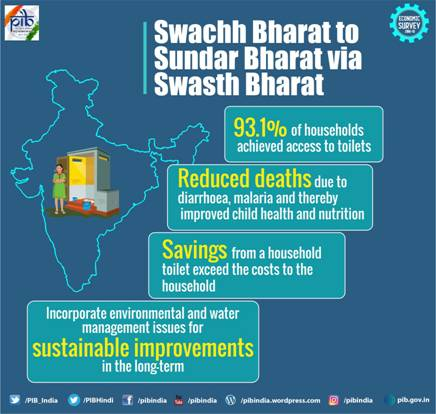Free Courses Sale ends Soon, Get It Now


Free Courses Sale ends Soon, Get It Now



Copyright infringement not intended
Context - The Ministry of Housing and Urban Affairs (MoHUA) has launched the 8th edition of Swachh Survekshan under Swachh Bharat Mission.
Details
Swachh Bharat Mission
Present Status
https://www.pib.gov.in/PressReleasePage.aspx?PRID=1827969
© 2024 iasgyan. All right reserved